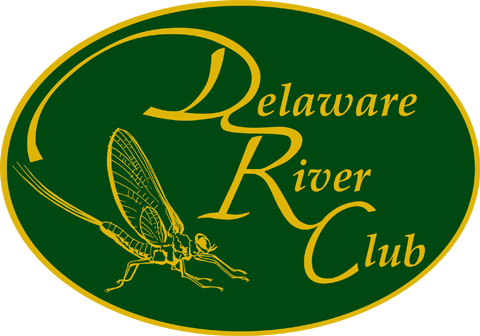Congrats to the following who figured out what this guy was: George Scott, Jeff Moore, Jeff Sanders, and Matt Green. The Alder Fly is a relative of the Dobson Fly (Hellgrammites), but isn’t a big trout food as it typically is in a bit warmer water than our finned friends prefer. Here’s what Wikipedia has to say about them (and yes, I am sure there are better references out there somewhere, this is just a good concise article):
“Alderflies are megalopteran insects of the family Sialidae. They are closely related to the dobsonflies and fishflies as well as to the prehistoric Euchauliodidae. All living alderflies – about 66 species altogether[1] – are part of the subfamily Sialinae, which contains between one and seven extant genera according to different scientists’ views. But in most classifications, all or almost all of these are treated as subgenera of Sialis.
Sialinae have a body length of less than 25 mm (1 inch), long filamentous antennae and four large dark wings of which the anterior pair is slightly longer than the posterior. They lack ocelli and their fourth tarsal segment is dilated and deeply bilobed. Dead alderfly larvae are used as bait in fishing.[2]
The females lay a vast number of eggs upon grass stems near water. The larvae are aquatic, active, armed with strong sharp mandibles, and breathe by means of seven pairs of abdominal branchial filaments. When full sized, which takes between one and two years, they leave the water and spend a quiescent pupal stage on the land before metamorphosis into the sexually mature insect. Adult alderflies stay near to the water, in which they had lived in when they were younger.”


